TIP515: THE LITTLE BOOK OF VALUATION
BY ASWATH DAMODARAN
14 January 2023
Clay reviews Aswath Damodaran’s book, The Little Book of Valuation. Aswath has written numerous books on how to value companies and invest successfully. Aswath is the ultimate teacher as he is a legendary professor of finance at NYU who has also made his classes available for free online to millions of followers around the world.
IN THIS EPISODE, YOU’LL LEARN:
- Aswath’s two primary methods for valuing a company.
- The general truths about valuations that investors should understand.
- The four most basic inputs to valuing a company.
- How to go about setting an appropriate growth rate in our valuations.
- Additional considerations in performing valuations such as a company’s intangible assets.
- Clay’s intrinsic value assessment of Williams-Sonoma (Ticker WSM).
TRANSCRIPT
Disclaimer: The transcript that follows has been generated using artificial intelligence. We strive to be as accurate as possible, but minor errors and slightly off timestamps may be present due to platform differences.
[00:00:00] Clay Finck: Hey everyone! Welcome to The Investor’s Podcast. I’m your host, Clay Finck, and on today’s episode, I’m going to be giving an overview of Aswath Damodaran’s great book called The Little Book of Evaluation. During this episode, I will cover Aswath’s two primary methods for valuing a company, some general truths about valuation that investors should understand, the foremost basic inputs to valuing a company, how we can go about setting an appropriate growth rate in our valuations, the differences between valuing a growth company and valuing a more mature company, as well as the adjustments that we need to make when valuing a company with a lot of intangible assets like many technology companies today. At the end of the episode, I’ll be touching on Williams-Sonoma and why I have started a position in this company. So be sure to stick around until the end to hear that pitch.
[00:00:51] Clay Finck: If you’re a stock investor, learning how to value a company is a critical skill in achieving good returns. I found a ton of value reading through Aswath’s book, no pun intended, as he is often referred to as the Dean of Valuation and he has written so much about how to properly value a company.
[00:01:10] Clay Finck: William Green actually had Aswath on his podcast back on episode RWH005, on the podcast feed you’re on back in April of 2022. If you tune in to that episode, you know that Aswath is a very intelligent and gifted teacher, as he has taught finance at NYU since the 1980’s. Additionally, Aswath made all of his courses free online.
[00:01:36] Clay Finck: I can assure you that there is probably no one better to learn from when it comes to learning how to properly value a company. With that, I hope you enjoy today’s episode covering Aswath Damodaran’s book, The Little Book of Valuation.
[00:01:54] Intro: You are listening to The Investor’s Podcast, where we study the financial markets and read the books that influence self-made billionaires the most. We keep you informed and prepared for the unexpected.
[00:02:14] Clay Finck: All right. Diving right into the book, Michael Mauboussin wrote the foreword to Aswath’s book. He was the Chief Investment Strategist at Legg Mason Capital Management, an adjunct professor at Columbia Business School. In the foreword, he mentions that stock exchanges provide a service that seems pretty miraculous.
[00:02:33] Clay Finck: One can go to the exchange and put down money today for a claim on a stream of future cash flows of a company. In other words, you can defer consumption now in order to consume more in the future. Alternatively, you can go to the market and sell your claim on future free cash flows for a certain sum today.
HELP US OUT!
Help us reach new listeners by leaving us a rating and review on Apple Podcasts! It takes less than 30 seconds, and really helps our show grow, which allows us to bring on even better guests for you all! Thank you – we really appreciate it!
BOOKS AND RESOURCES
- Tune in to We Study Billionaires’ recent episode about Warren Buffet’s Money Mind, or watch the video.
- Listen to Clay Finck’s deep dive on Peter Lynch and his book, One Up on Wall Street, or watch the video.
- Aswath Damodaran’s books: The Little Book of Valuation, The Dark Side of Valuation, & Applied Corporate Finance
NEW TO THE SHOW?
- Check out our We Study Billionaires Starter Packs.
- Browse through all our episodes (complete with transcripts) here.
- Try our tool for picking stock winners and managing our portfolios: TIP Finance Tool.
- Enjoy exclusive perks from our favorite Apps and Services.
- Stay up-to-date on financial markets and investing strategies through our daily newsletter, We Study Markets.
- Learn how to better start, manage, and grow your business with the best business podcasts.
P.S The Investor’s Podcast Network is excited to launch a subreddit devoted to our fans in discussing financial markets, stock picks, questions for our hosts, and much more! Join our subreddit r/TheInvestorsPodcast today!
SPONSORS
- Get position and investment info for nearly 6,000 Asset Management Companies with Moomoo, Australia’s first A.I. powered trading platform. Sign up and fund your moomoo account before October 31 and get $10 for every $100 you deposit. All investment carries risk. AFSL 224 663. T&Cs apply.
- Get personalized, expert advice that helps you see things clearly with ATB.
- If your business has five or more employees and managed to survive Covid you could be eligible to receive a payroll tax rebate of up to twenty-six thousand dollars per employee. Find out if your business qualifies with Innovation Refunds.
- Guess less and sell more with the Number 1 email marketing and automation brand, Intuit Mailchimp.
- Help companies protect customer privacy in the face of endlessly growing data breaches by investing in Atakama today.
- Send, spend, and receive money around the world easily with Wise.
- Thanks to rising interest rates artificially driving down the prices of even the best assets, Fundrise expects 2023 to be one of the most opportune real estate investing environments of the last decade. Take advantage of this unique investing environment.
- Support our free podcast by supporting our sponsors.
Disclosure: The Investor’s Podcast Network is an Amazon Associate. We may earn commission from qualifying purchases made through our affiliate links.
PROMOTIONS
Check out our latest offer for all The Investor’s Podcast Network listeners!








